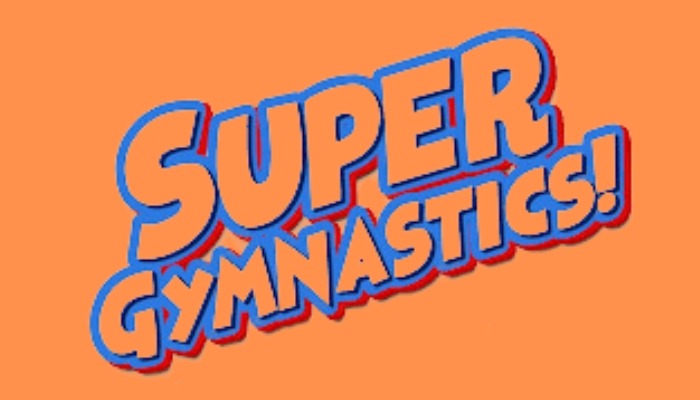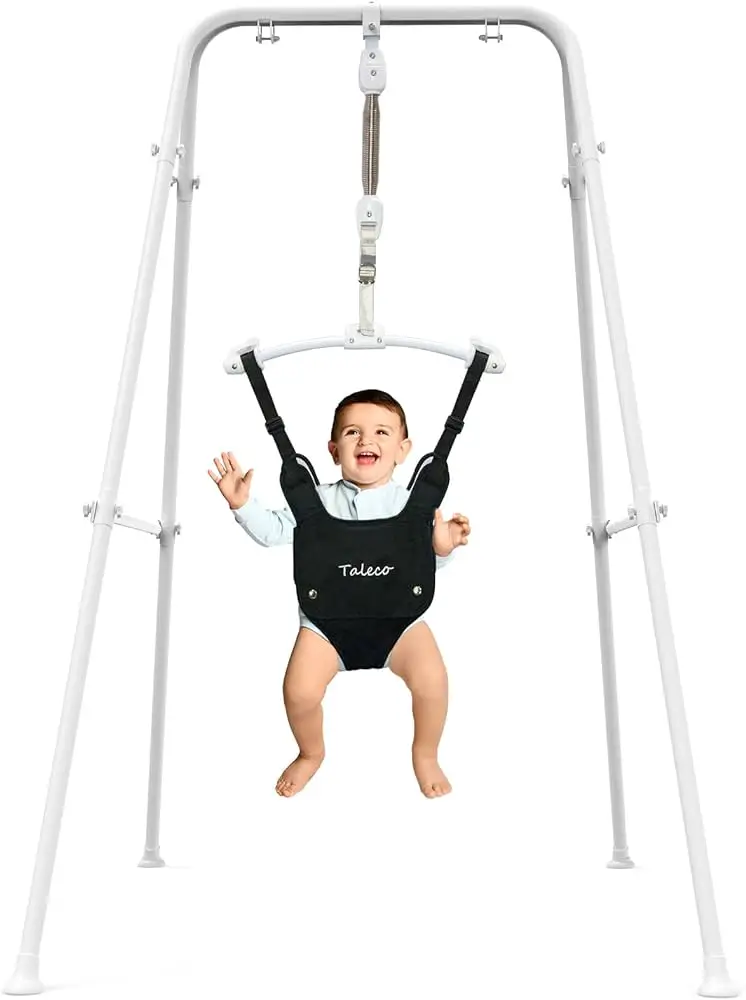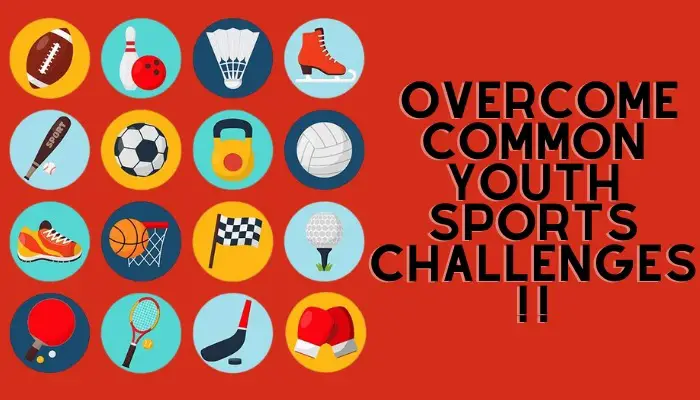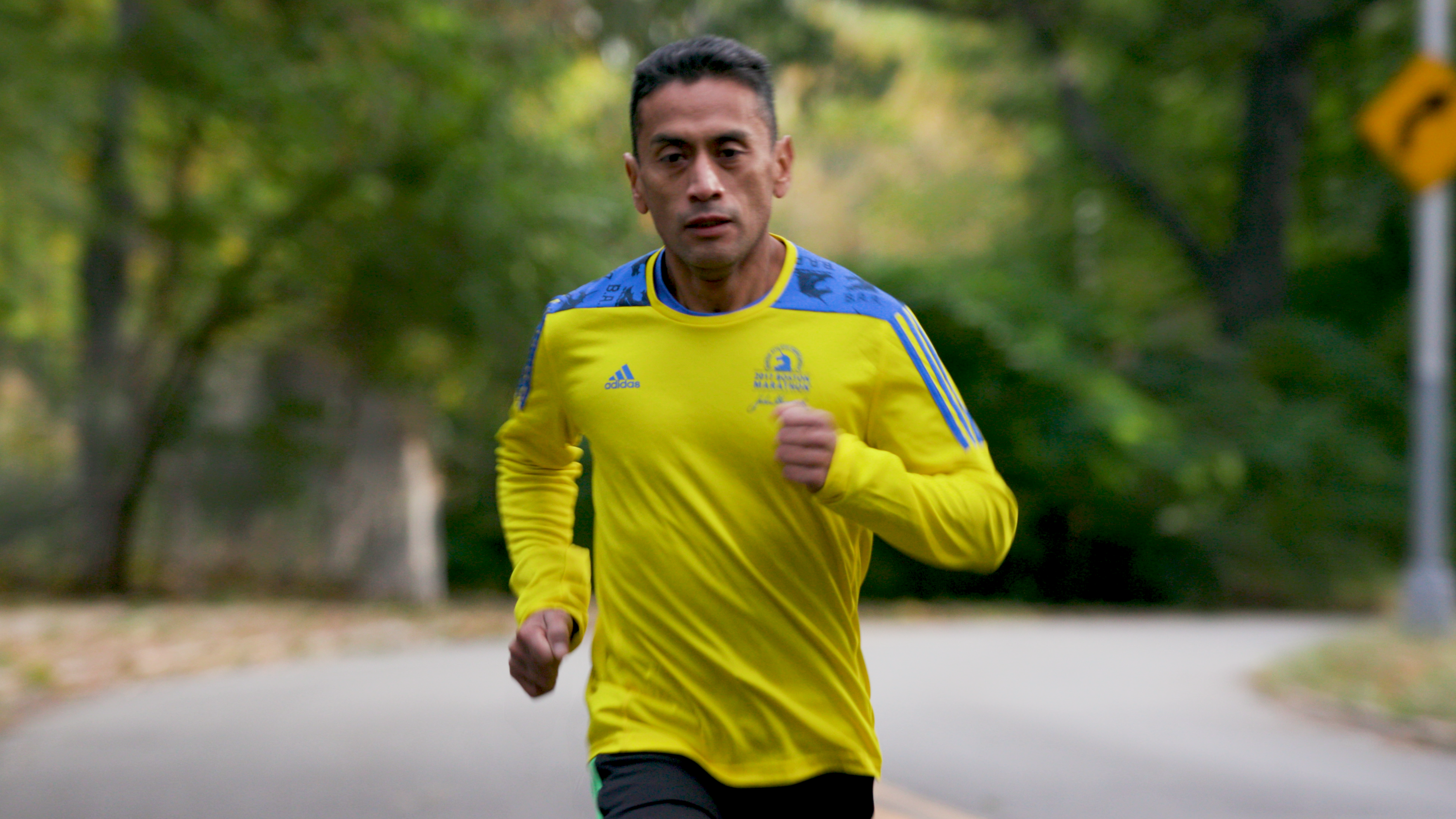What are the Developmental Milestones in Kids’ Sports Skills? : Boost Your Child’s Athletic Growth!
( If you purchase through our sponsored links, we may receive a small commission at no extra cost to you )
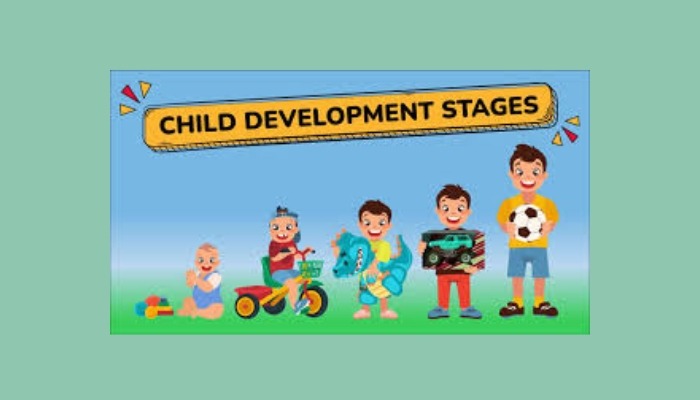
Developmental milestones in kids’ sports skills include the acquisition of fundamental movement patterns, improved coordination, increased strength, enhanced sports-specific skills, and the ability to understand and apply game strategies. These milestones are essential markers of a child’s motor skill development and play a crucial role in their overall physical and cognitive growth.
As children progress in their sports skills, they develop better body awareness, balance, agility, and reaction time. Additionally, they learn to cooperate with teammates, follow rules, and develop a competitive spirit. It is important to understand these milestones to ensure children are provided with appropriate training and support to maximize their growth and potential in sports.
Credit: www.healthline.com
Early Childhood Milestones

Early childhood is a crucial stage in a child’s development, laying the foundation for their future physical abilities and sports skills. During this period, children go through various milestones in their gross motor skills development, hand-eye coordination development, and balance and agility development. These milestones are vital as they set the stage for further growth in sports skills and overall physical well-being. Let’s dive deeper into each of these developmental milestones.
Gross Motor Skills Development
Gross motor skills refer to the ability to use large muscle groups for activities like running, jumping, and throwing. In the early childhood stage, children make significant progress in developing these skills. Here are some key milestones to look out for:
- Between the ages of 1 and 3, children start to stand and walk independently. They gradually gain better control over their leg muscles, allowing them to run and jump with more coordination.
- By the age of 4, children demonstrate improved balance and coordination. They can ride a tricycle, climb ladders, and even hop on one foot.
- At 5 years old, most children have well-developed gross motor skills, enabling them to perform complex movements like skipping, throwing a ball with accuracy, and participating in organized sports activities.
Hand-eye Coordination Development
Hand-eye coordination is essential for activities that involve precise movements, such as catching a ball or holding a bat. Here are the major milestones related to hand-eye coordination development in early childhood:
- Between 12 and 20 months, children begin to explore their environment and develop the ability to grab and manipulate objects. They start to practice throwing and catching with large-sized balls.
- By the age of 3, children refine their hand-eye coordination skills. They can throw and catch smaller balls more accurately. They also show progress in activities that require fine motor skills, such as stringing beads or completing puzzles.
- At 4 and 5 years old, children exhibit advanced hand-eye coordination. They can throw and catch balls of various sizes, hit objects with a bat, and control their movements with more precision.
Balance And Agility Development
Balance and agility are crucial for performing sports skills that require quick movements and stability. The following are key milestones related to balance and agility development during early childhood:
- Between 1 and 2 years old, children start to gain better balance while standing and walking. They can also climb stairs with assistance.
- By the age of 3, children can run with a more stable gait and jump with both feet together. They can also balance on one foot for a short period.
- At 4 and 5 years old, children display advanced balance and agility. They can hop on one foot, skip, and tiptoe. Their overall coordination improves, allowing them to participate in sports activities that require quick changes in direction.
These early childhood milestones in gross motor skills, hand-eye coordination, balance, and agility are significant indicators of a child’s physical development. Parents and caregivers can support and encourage their little ones by providing opportunities for play and exploration that nurture these skills. By meeting these milestones, children have a solid foundation for future sports activities and an active, healthy lifestyle.
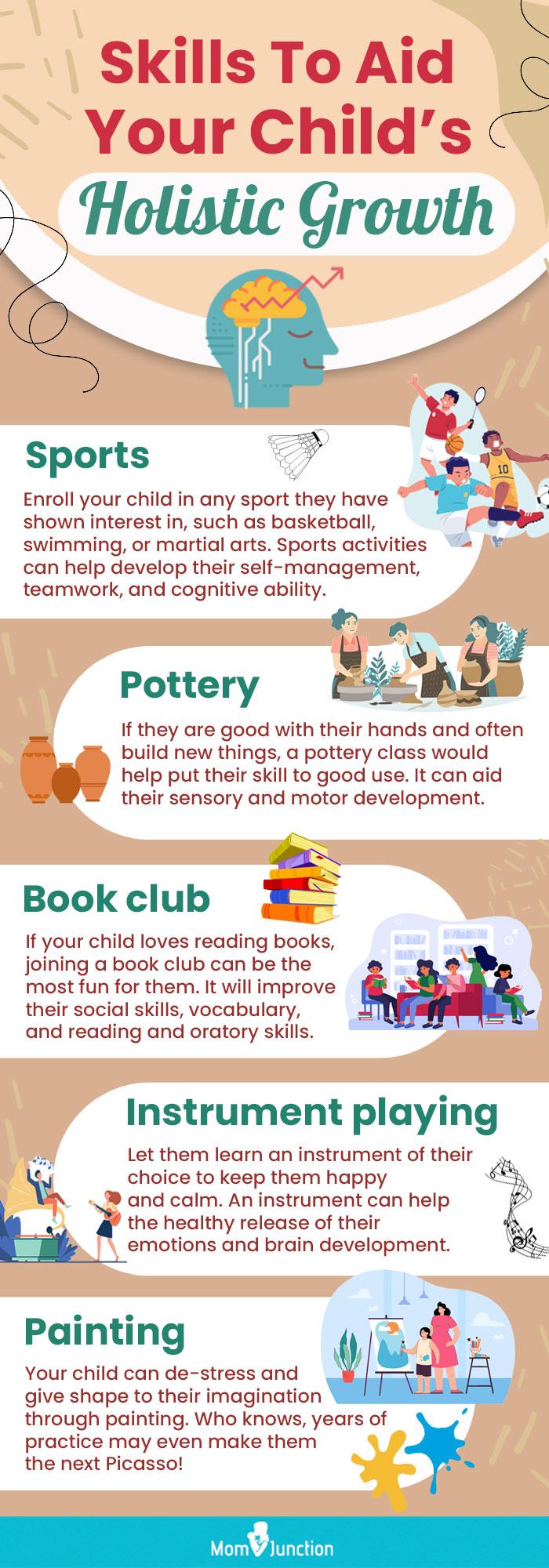
Credit: www.momjunction.com
Middle Childhood Milestones
Children in middle childhood reach important milestones in their sports skills development. They enhance their coordination, balance, and agility, improving their ability to throw, catch, and kick, setting the stage for future athletic achievements.
Refining Motor Skills
Middle childhood is a crucial phase in a child’s development when they actively participate in various sports and physical activities. At this stage, children continue to refine their motor skills, which include movements involving their large muscles such as running, jumping, and throwing. These skills are vital for their overall physical development and are key building blocks for further sports participation. During this period, children start to demonstrate a higher level of coordination and control over their body movements.
Improving Sports-specific Skills
In middle childhood, children gradually progress from basic motor skills to honing their sports-specific skills. They begin to master the fundamental techniques of different sports, such as dribbling a soccer ball, shooting a basketball, or swinging a tennis racket. This period is marked by a significant improvement in their hand-eye coordination, balance, and agility. As they actively engage in various sports, children gain a deeper understanding of the specific rules, strategies, and techniques involved in each activity.
Understanding Team Dynamics
Middle childhood is also a time when children start to understand team dynamics and develop a sense of camaraderie. They begin to grasp the importance of teamwork, cooperation, and communication within a group setting. As they participate in team sports like soccer, basketball, or baseball, children learn to work together towards a common goal, share responsibilities, and support their teammates. This phase contributes to their social and emotional growth, teaching them valuable life skills such as empathy, leadership, and conflict resolution.
It’s worth noting that children may progress at different rates in their sports skills development. Factors such as individual interests, exposure to sports, and opportunities for practice can influence their progress. Nonetheless, middle childhood is an essential stage where children refine their motor skills, enhance their sports-specific abilities, and develop a solid foundation in understanding team dynamics. Encouraging children to engage in various physical activities and providing them with a supportive environment can help them reach their full potential in sports.
Adolescence Milestones
During adolescence, children experience significant physical and psychological changes that greatly impact their sports skills. The transition from childhood to adolescence is a crucial stage in sports development, marked by various milestones. This stage is characterized by rapid growth, increased physical abilities, refining sports techniques, and the development of mental and emotional skills. In this section, we will explore the key milestones that occur during adolescence in relation to sports skills.
Physical Strength And Endurance Development
Adolescence is a time when the body undergoes significant changes, leading to increased physical strength and endurance. This is due to the release of hormones during puberty, which spur a growth spurt and muscle development. As a result, teenagers experience a surge in strength and an improvement in overall physical performance.
During this stage, it is essential for young athletes to engage in strength training exercises to maximize their physical potential. Incorporating activities like weightlifting, resistance training, and plyometrics can help build muscle strength and enhance endurance. It is important to emphasize proper technique and form to prevent injuries and ensure efficient movement patterns.
Mastering Sports Techniques
As children progress through adolescence, they have the opportunity to master the techniques of their chosen sports. With the improvement in physical capabilities, teenagers can refine their skills and excel in their specific sport of interest. The combination of increased strength, coordination, and agility allows for better execution of complex maneuvers and precise movements.
Coaches and trainers play a crucial role in guiding young athletes through this milestone. They can provide tailored training programs that focus on developing advanced skills and honing existing abilities. Additionally, regular practice, repetition, and game simulations are essential for mastering sports techniques and achieving proficiency.
Mental And Emotional Skills In Sports
Adolescence is a time of significant psychological development, which directly impacts a teen’s performance in sports. Mental and emotional skills, such as concentration, resilience, goal-setting, and teamwork, become increasingly important during this stage. Developing a strong mindset and emotional intelligence enables athletes to navigate challenges, cope with pressure, and perform at their best.
Coaches and mentors can support teenagers in developing these skills by fostering a positive and supportive environment. Teaching effective communication, stress management techniques, and sportsmanship can contribute to the overall mental and emotional growth of young athletes. Furthermore, setting achievable goals and providing constructive feedback helps teenagers stay motivated and strive for continuous improvement.
| Milestone | Related Skills |
|---|---|
| Increased physical strength and endurance | Power, speed, stamina |
| Refining sports techniques | Coordination, agility, precision |
| Developing mental and emotional skills | Concentration, resilience, teamwork, goal-setting |
Adolescence is a crucial stage for sports skill development, as the physical, technical, and mental aspects align to unleash the full potential of young athletes. By focusing on physical strength, mastering sports techniques, and cultivating mental and emotional skills, teenagers can pave the way for future success in their chosen sports.
:max_bytes(150000):strip_icc()/8-year-old-developmental-milestones-620729_color1-5bb6519e4cedfd00263ea683.png)
Credit: www.verywellfamily.com
Frequently Asked Questions On What Are The Developmental Milestones In Kids’ Sports Skills?
What Are The Five Developmental Milestones?
The five developmental milestones refer to important markers of a child’s growth and progress. These include physical, cognitive, language, social, and emotional development. They provide guidance on what skills and abilities children should acquire at specific ages.
What Are The Milestones For A 10 Year Old Physical Development?
A 10-year-old’s physical development includes improved coordination, balance, and strength. They can catch and throw a ball, ride a bike, and run faster. They may experience growth spurts and develop more defined muscles.
What Are The Physical Development Milestones For 5 7 Years?
Physical development milestones for 5-7 years include improved balance and coordination, developing fine motor skills like tying shoelaces, running faster and jumping higher. Children at this age also have stronger muscles and can ride a bike without training wheels. They show improved hand-eye coordination and can catch and throw a ball more accurately.
What Are The Milestones For A 6 Year Old Physical Development?
At age 6, children typically show improved coordination, balance, and muscle strength. They can run, jump, skip, and hop with better control and precision. They can catch, throw, and kick a ball more accurately, and can use their fine motor skills to draw and write more neatly.
Conclusion
Understanding the developmental milestones in kids’ sports skills is crucial for their overall growth and success. By recognizing and nurturing these milestones, parents and coaches can provide the necessary support and guidance to help children thrive in sports. From fundamental movements to advanced techniques, each milestone contributes to their physical, cognitive, and emotional development.
So, let’s celebrate every achievement and empower the next generation of athletes. Keep encouraging, coaching, and cheering them on their sports journey.

